
The Hong Kong Exchange and Clearing headquarters. (Photo by Zhang Wei/China News Service)
He added that the city's financial regulators would continue to expand channels for the two-way flow of renminbi funds.
According to Hong Kong Exchange and Clearing, or HKEX, an active offshore renminbi market is crucial for promoting the currency worldwide. Hong Kong's advantageous position could be used effectively to promote the offshore renminbi liquidity pool and increased use of the RMB in the offshore market.
Peter Lee Ka-kit, chairman of the One Country Two Systems Research Institute, said: "Hong Kong's leading position as an international financial center is well recognized by international investors. The Chinese mainland has high hopes for the development of Hong Kong's financial industry."
These factors would prompt the city to further contribute to the nation by reforming and innovating the financial industry framework, enhancing financial market quality, and cultivating new competitive edges, Lee added.
According to an HKEX research report published in March, the essential elements of an active offshore center include a sizable liquidity pool, an abundant supply of investment products for risk management, and sound infrastructure and policy support for the development of offshore assets trading, in which Hong Kong has inherent advantages.
The city handles about 75 percent of offshore renminbi payments, according to the Society for Worldwide Interbank Financial Telecommunication, or SWIFT, a messaging network used by global financial institutions. Hong Kong has the most RMB deposits of all offshore markets operating in the currency, amounting to 834.9 billion yuan ($133.9 billion) by the end of October, about half the global total, according to the Hong Kong Monetary Authority, or HKMA.
Eddie Yue Wai-man, HKMA chief executive, said the authority aims to enhance financial platforms' links with the mainland and promote use of the RMB as an investment currency to strengthen the functions of the city's financial market as stipulated in the 14th Five-Year Plan (2021-25).










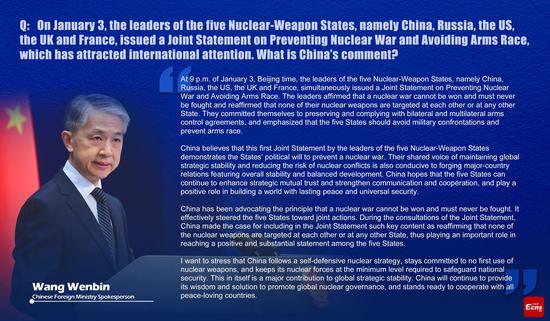

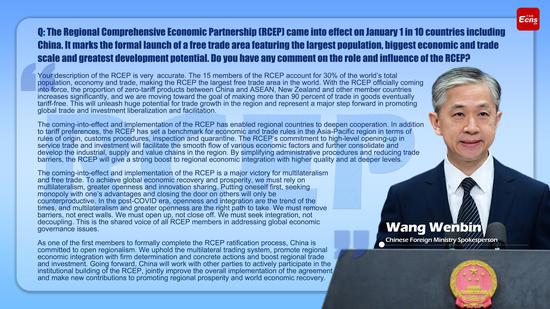

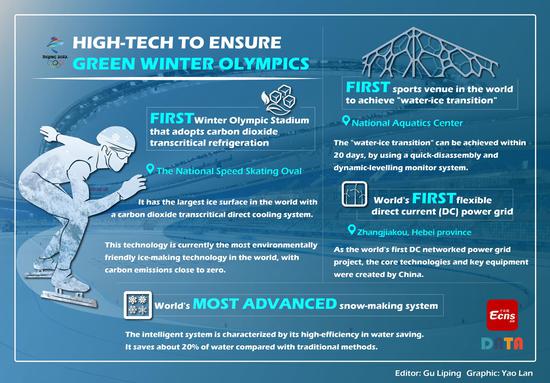






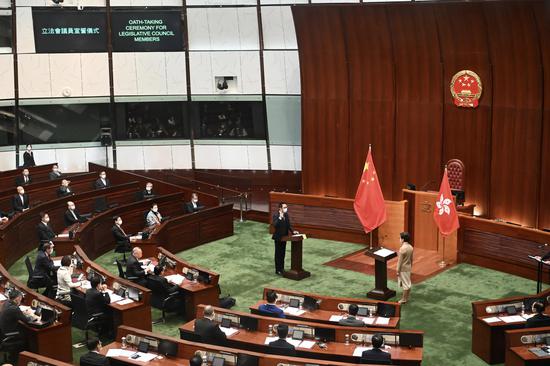





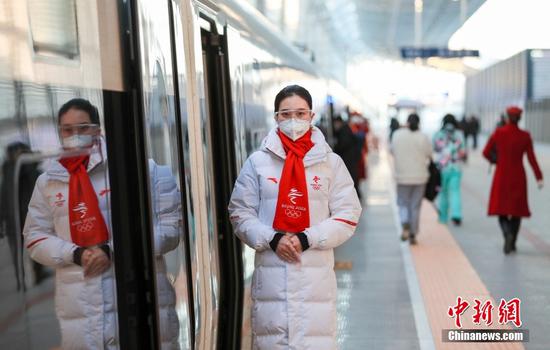

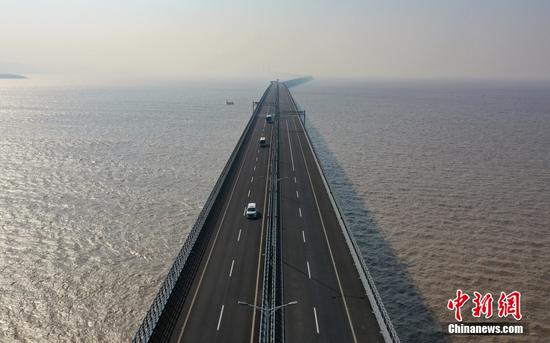


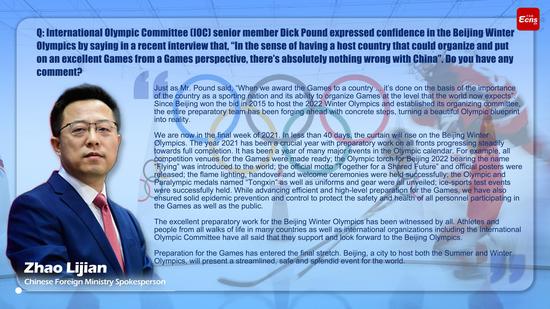

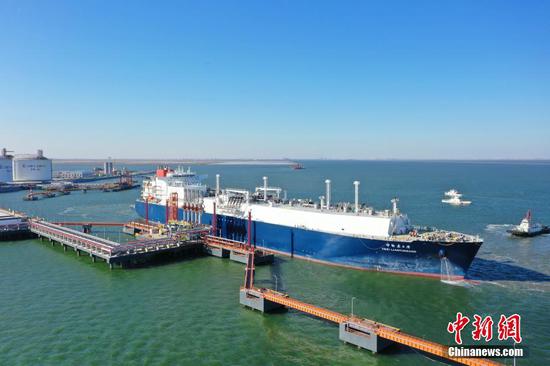







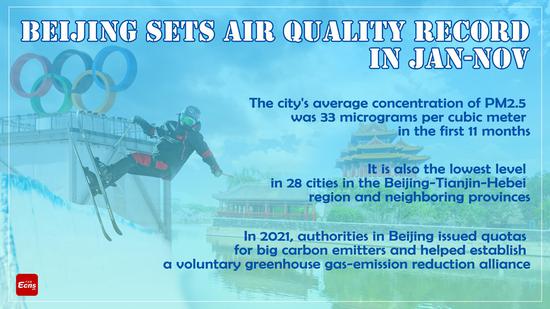



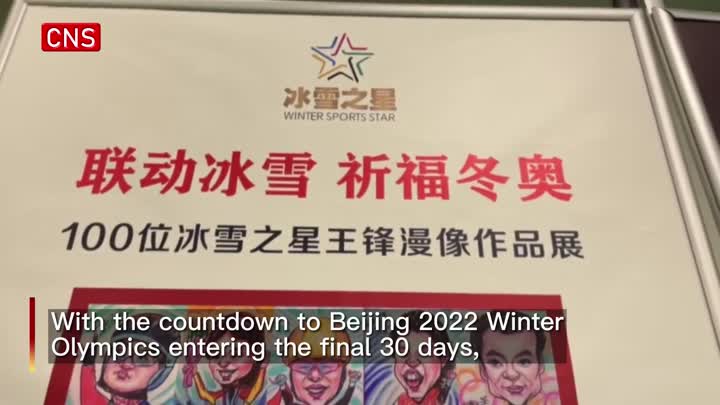

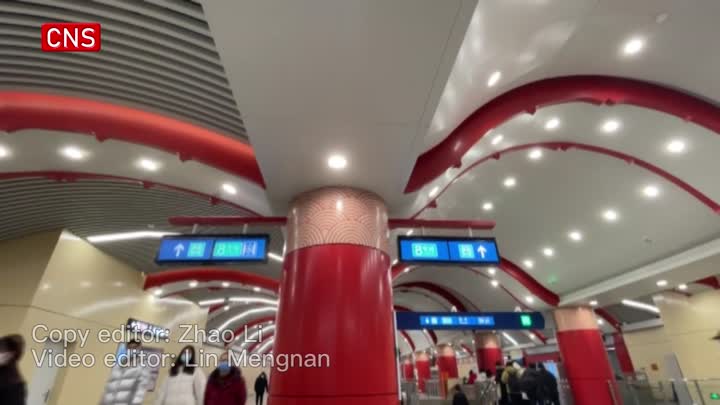

 京公网安备 11010202009201号
京公网安备 11010202009201号